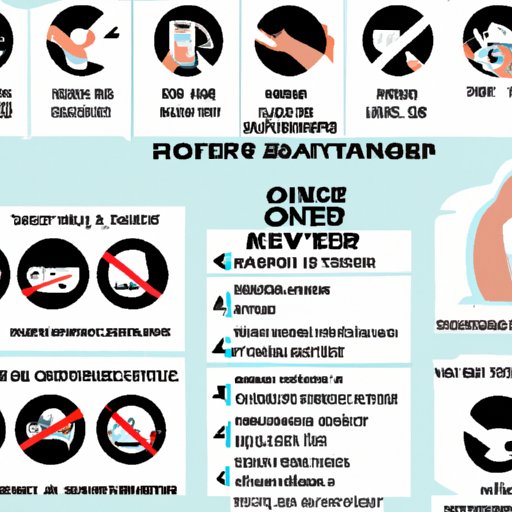Introduction
Being a better driver is more than just having the right skills and knowledge. It’s also about being safe on the road and being aware of your surroundings. A better driver is someone who knows the rules, follows them, and exhibits safe driving habits.
In this article, we’ll explore eight ways you can become a better driver. From obeying the speed limit to anticipating potential hazards and keeping your vehicle in good condition, these tips will help you drive safely and comfortably.
Obey the Speed Limit
The most important rule of the road is to obey the speed limit. Not only is it the law, but it’s also the safest way to drive. According to a study by the Insurance Institute for Highway Safety (IIHS), speeding is a factor in nearly one-third of all fatal crashes in the United States.
It’s important to know the speed limit for the area you’re driving in, as well as any special speed limits that may apply. For example, there are typically lower speed limits near schools, parks, and residential areas. It’s also important to adjust your speed depending on the conditions of the road. If it’s raining or snowing, you should reduce your speed to account for the increased risk.
Don’t Use Your Phone While Driving
Using your phone while driving is one of the most dangerous distractions. According to the National Highway Traffic Safety Administration (NHTSA), distracted driving was a factor in over 3,000 fatal traffic accidents in 2018.
It’s important to keep your eyes on the road at all times. That means no texting, checking email, or using social media while driving. If you need to make a call, use hands-free technology or pull off the road. It’s also important to remember that even hands-free calls can be distracting.
Follow the Rules of the Road
When it comes to driving, it pays to know the rules. This includes common rules like stopping at stop signs and yielding to pedestrians, as well as more specific rules such as which lane to drive in on a multi-lane highway. It’s also important to know the laws in your state regarding things like seat belt usage, cell phone use, and alcohol consumption.
If you’re unfamiliar with the rules of the road, look them up online or consult a driver’s manual. Additionally, some states offer driver education classes that can help you brush up on the basics.

Keep a Safe Distance Between You and Other Vehicles
Maintaining a safe distance between you and other vehicles is essential for avoiding accidents. The rule of thumb is to maintain at least one car length between you and the car in front of you for every 10 mph of speed. So if you’re going 50 mph, you should maintain at least five car lengths between you and the car in front of you.
It’s also important to be aware of what other drivers are doing. If you notice someone tailgating or weaving in and out of lanes, slow down and give them plenty of space. This will help ensure everyone stays safe.
Pay Attention to Signs and Signals
Signs and signals are an important part of driving. They provide information and guidance, so it’s important to pay attention to them. Common signs include speed limit signs, stop signs, yield signs, and traffic lights. There are also less common signs, such as detour signs and construction zone signs.
It’s also important to pay attention to signals from other drivers. This includes hand signals, turn signals, and brake lights. Paying attention to these can help you anticipate what other drivers are going to do and prepare accordingly.

Anticipate Potential Hazards on the Road
Anticipating potential hazards is an important skill for any driver. This includes things like animals crossing the road, pedestrians stepping out into the street, and cars changing lanes without signaling. To anticipate potential hazards, it’s important to be aware of your surroundings and to scan the road ahead.
It’s also important to be prepared for sudden changes in the road. This could mean slowing down when approaching a sharp curve or a blind corner. It could also mean increasing your following distance when approaching a congested intersection. Anticipating potential hazards and being prepared for them can help you avoid accidents.

Make Sure Your Vehicle is in Good Condition
Your vehicle is your lifeline on the road, so it’s important to make sure it’s in good condition. This means getting regular maintenance, such as oil changes and tire rotations. It also means being aware of warning signs, such as strange noises or smells, that could indicate a problem.
If you notice any warning signs, take your car to a mechanic right away. It’s better to be safe than sorry when it comes to your vehicle’s maintenance.
Conclusion
Becoming a better driver requires more than just having the right skills and knowledge. It also requires being aware of your surroundings and exhibiting safe driving habits. In this article, we explored eight ways to become a better driver, from obeying the speed limit to anticipating potential hazards and keeping your vehicle in good condition.
By following these tips, you can drive safely and comfortably.
(Note: Is this article not meeting your expectations? Do you have knowledge or insights to share? Unlock new opportunities and expand your reach by joining our authors team. Click Registration to join us and share your expertise with our readers.)
